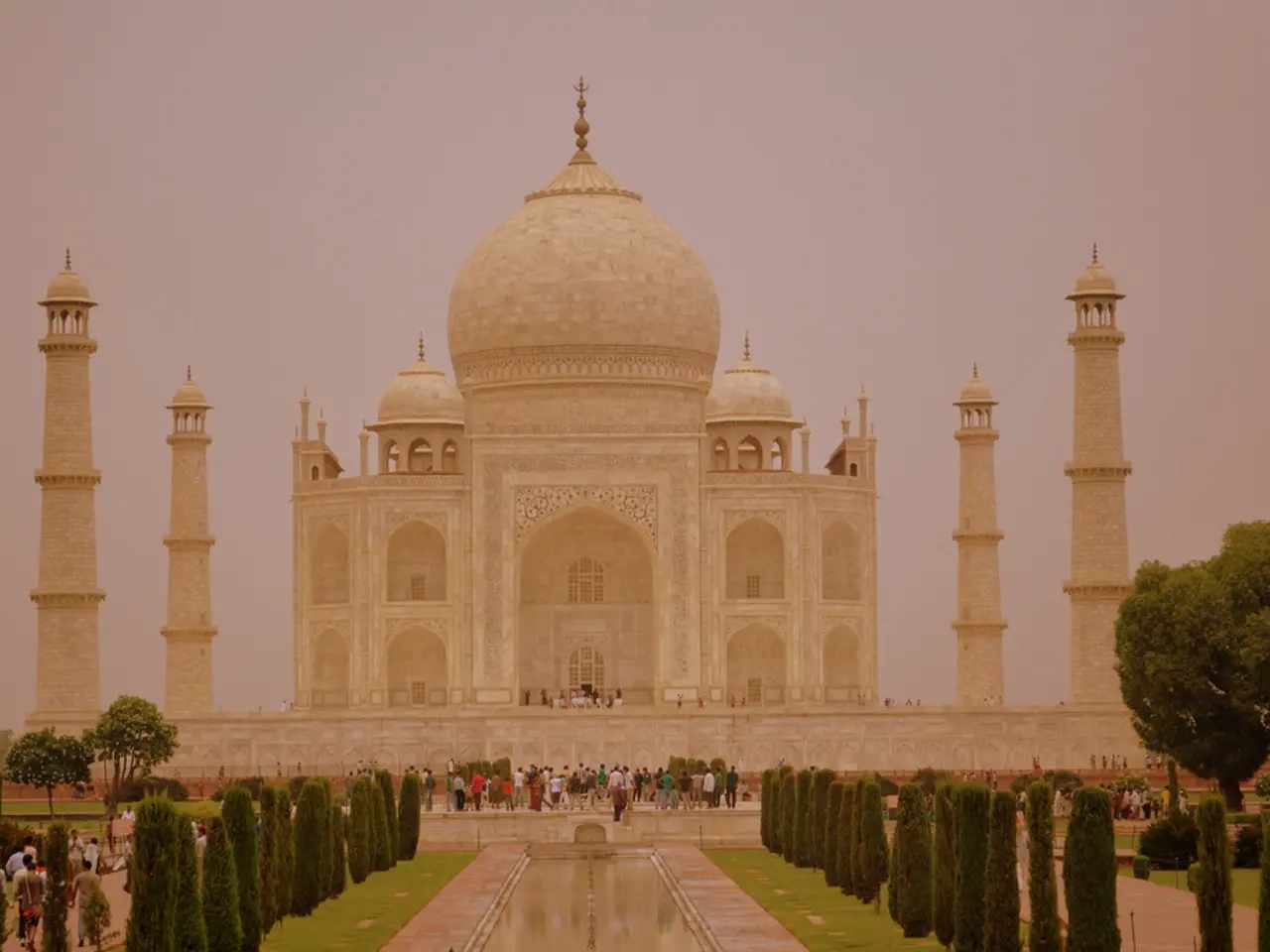Transforming India's Tourism Strategy: A Modern Approach to Global Tourism Influence From the Taj to the Tech Sector
India, a land rich in culture, history, and spirituality, is poised to rebrand itself as a destination that offers more than just sites – a journey into the future. The country's tourism industry, currently valued at $232 billion, is aiming to double its contribution to $500 billion by 2035, creating over 40 million jobs, particularly in underserved districts.
The Ministry of Tourism recognises the need for a dynamic, digital-first strategy, as India's marketing efforts in tourism have lagged behind modern marketing methods. To address this, the focus is on investing in content ecosystems and fostering partnerships through a policy framework that incentivises collaboration.
One of the key strategies is to embrace India's diaspora as a soft-power amplifier. This involves organising "Return to Roots" campaigns and India Experience Weeks in global cities, aiming to connect Indian culture with the world.
In the realm of tourism, local startups can play a crucial role. Initiatives like cross-border innovation programs, government-backed incubation centers, and high-tech startup hubs can support these startups in enhancing digital experience curation. By fostering business-to-business (B2B) connections between tourism companies, these startups can co-create tailored digital tourism products and services for the Indian market.
India aims to position itself as a global centre for wellness and spiritual tourism. Simplifying the tourist journey is a priority, with digital wayfinding, QR-based guides, real-time multilingual support, and WhatsApp-based concierge services as potential solutions. Tech can also help in wellness tourism through wellness apps, virtual consultations, and immersive "retreat previews."
Competition with destinations like Bali and Chiang Mai requires curating full-spectrum experiences around Kerala's Ayurveda, Rishikesh's Yoga, and Himalayan meditation. State tourism boards are encouraged to open their heritage sites to creative reinterpretation, transforming them into immersive experiences.
However, challenges remain. Infrastructure issues, regulatory friction, limited air connectivity, and visa complications are concerns that need to be addressed. Foreign tourists often face regulatory confusion, such as the continued requirement of Inner Line Permits and Protected Area Permits in certain states. Sporadic reports of safety concerns, particularly for solo female travellers, also affect India's global appeal.
The private sector in India possesses world-class capability in Augmented Reality (AR), gaming, design, and animation. These resources can be harnessed to create immersive culture tech, but start-ups working in this field need co-investment and visibility.
Krishna Giri and Dr Aditi Rawat suggest that if India does not tell its stories with today's tools, someone else will, and they will tell them better. The goal is to rebrand India from a destination of the past to a journey into the future, offering more sights, sounds, and senses, rather than just more sites.
The United States tourism economy was $2.4 trillion, China's was $1.3 trillion, and Germany's was comparable to India. With the right strategies and investments, India can tap into this vast potential, transforming its tourism industry and boosting its economy.
Read also:
- Peptide YY (PYY): Exploring its Role in Appetite Suppression, Intestinal Health, and Cognitive Links
- Toddler Health: Rotavirus Signs, Origins, and Potential Complications
- Digestive issues and heart discomfort: Root causes and associated health conditions
- House Infernos: Deadly Hazards Surpassing the Flames








